CK Diecast Models 5 Must-Know Features
CK diecast models represent a captivating hobby for enthusiasts of all ages. These miniature replicas of automobiles, trucks, and other vehicles offer a tangible connection to automotive history and design. But what makes a CK diecast model stand out from the rest? This guide highlights five essential features that every collector and enthusiast should know when evaluating and appreciating these detailed models. From the precision of the scale to the materials used, understanding these aspects will enhance your appreciation and assist you in making informed purchasing decisions.
Authenticity and Scale
The foundation of a great CK diecast model is its accuracy to the real-world vehicle. This authenticity begins with the scale, typically represented as a ratio such as 1:18, 1:24, or 1:43. The scale determines the size of the model relative to the original car. A 1:18 scale model is eighteen times smaller than the actual vehicle. Beyond scale, the model’s design must accurately replicate the car’s dimensions, body lines, and overall appearance. Collectors highly value models that meticulously reproduce the original vehicle’s features, including the shape of the headlights, the curves of the fenders, and the detailing of the grille. Furthermore, authentic models often include accurate badging and branding to match the real car.
Attention to Detail
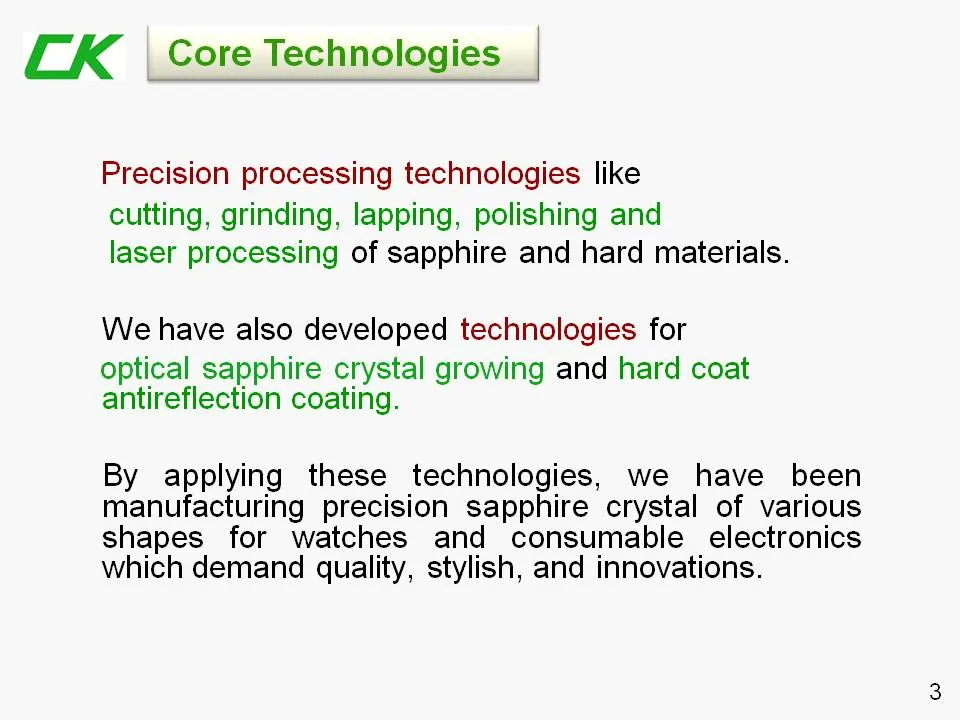
Detail is paramount in CK diecast models. This encompasses the intricate features that bring the model to life. Interior details such as dashboards, seats, steering wheels, and gear shifts should be faithfully represented. Exterior features such as mirrors, door handles, windshield wipers, and emblems must also be present and accurate. Many high-quality models include engine detailing, allowing collectors to see the engine components under the hood. Tire treads, brake discs, and exhaust systems are also part of the overall detailing. The goal is to create a miniature replica that captures the essence of the original vehicle, and this level of detail is a significant indicator of the model’s quality and value. Collectors often use a magnifying glass to appreciate these fine details.
Materials Used
The materials used in a CK diecast model significantly impact its overall quality and durability. The body of the model is typically made from diecast metal, an alloy of zinc, aluminum, and sometimes other metals. The metal provides weight and a realistic feel. Other materials play a crucial role in the model’s overall look and functionality. High-quality models often feature rubber tires, fabric seatbelts, and plastic or photo-etched parts for delicate details. The careful selection of materials, including the type of metal and the quality of the plastics and rubber, contributes to the model’s aesthetic appeal, its ability to withstand handling, and its long-term value.
Diecast Metal
Diecast metal is the most significant material, offering weight and solidity. The diecasting process allows for intricate shapes and fine details. The metal provides the model with a realistic feel and is often the primary determinant of its value.
High-Quality Paint and Finish
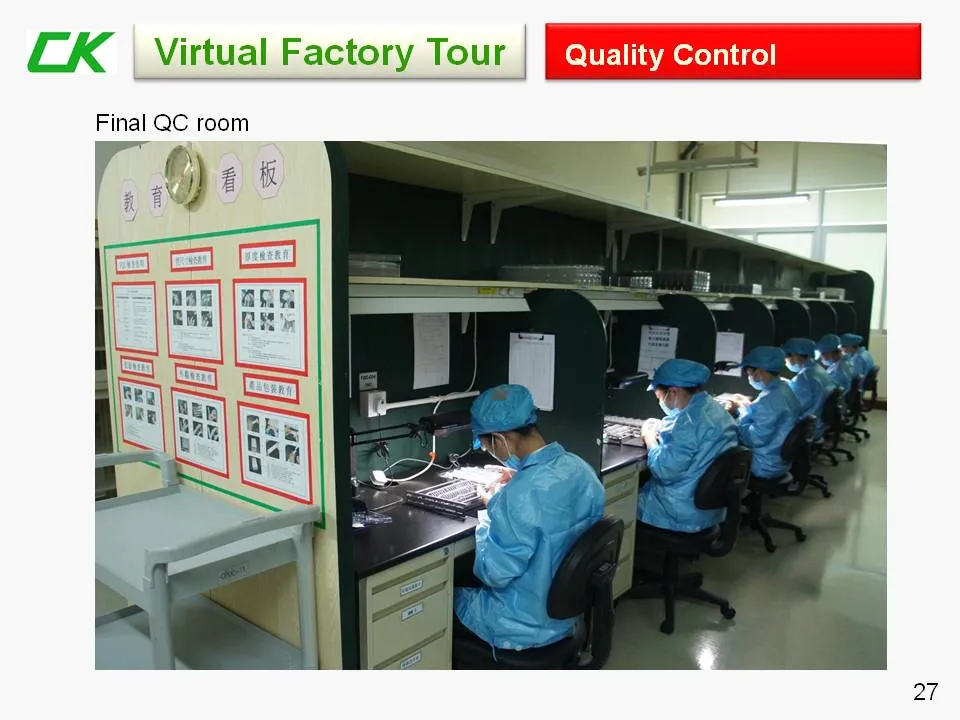
The paint and finish of a CK diecast model are critical for its visual appeal and collectibility. The paint should be applied smoothly and evenly, without imperfections like runs, bubbles, or uneven coverage. High-quality models often use multiple layers of paint and clear coats to create a deep, lustrous finish that mimics the shine of a real car. The paint should also be durable and resistant to chipping or fading over time. The finish might include metallic flakes or pearl effects to enhance the model’s realism. A flawless paint job is one of the first things a collector notices, and it greatly enhances the model’s overall aesthetic value.
Operational Features
Many CK diecast models have functional features that increase their realism and play value. Opening doors, hoods, and trunks are common, allowing collectors to view the detailed interiors and engine compartments. Other features include rolling wheels, working steering mechanisms, and even suspension systems. Some high-end models may feature more complex features, such as working lights or sound effects. The presence and quality of these operational features can significantly impact a model’s desirability and value. They add another layer of realism to the collecting experience and make the models even more engaging to display and handle.
Opening Doors and Hoods
Opening doors and hoods are essential features, providing access to the interior and engine bay. These features showcase the model’s intricate detail.
Rolling Wheels and Steering
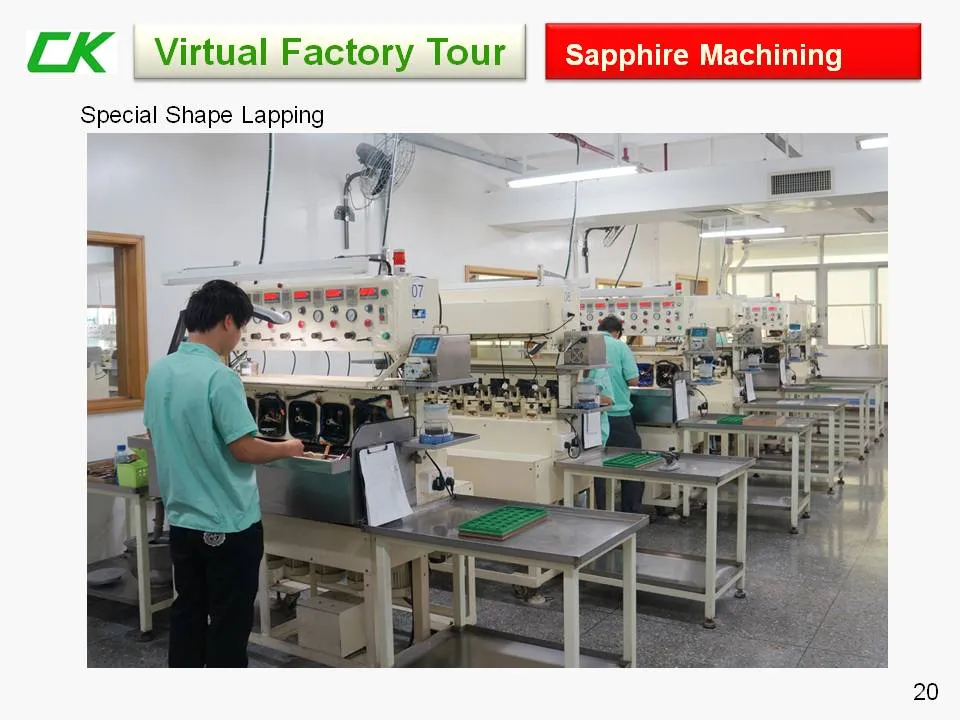
Rolling wheels and steering mechanisms make the model more interactive. They allow for movement and a more realistic play experience.
Packaging and Presentation
The packaging and presentation of a CK diecast model are often an integral part of its appeal. Collector’s boxes provide protection during shipping and storage. These boxes often feature detailed graphics and information about the model, enhancing its collectibility. The packaging should securely hold the model to prevent damage and may include features like foam inserts or protective sleeves. Some models come with a display base or stand, allowing collectors to showcase their models elegantly. A well-designed package reflects the quality of the model inside and contributes to its overall value and desirability.
Protective Packaging
Protective packaging prevents damage during shipping and storage. It includes foam inserts and other materials that keep the model safe. It’s an important factor when purchasing.
Collector’s Boxes
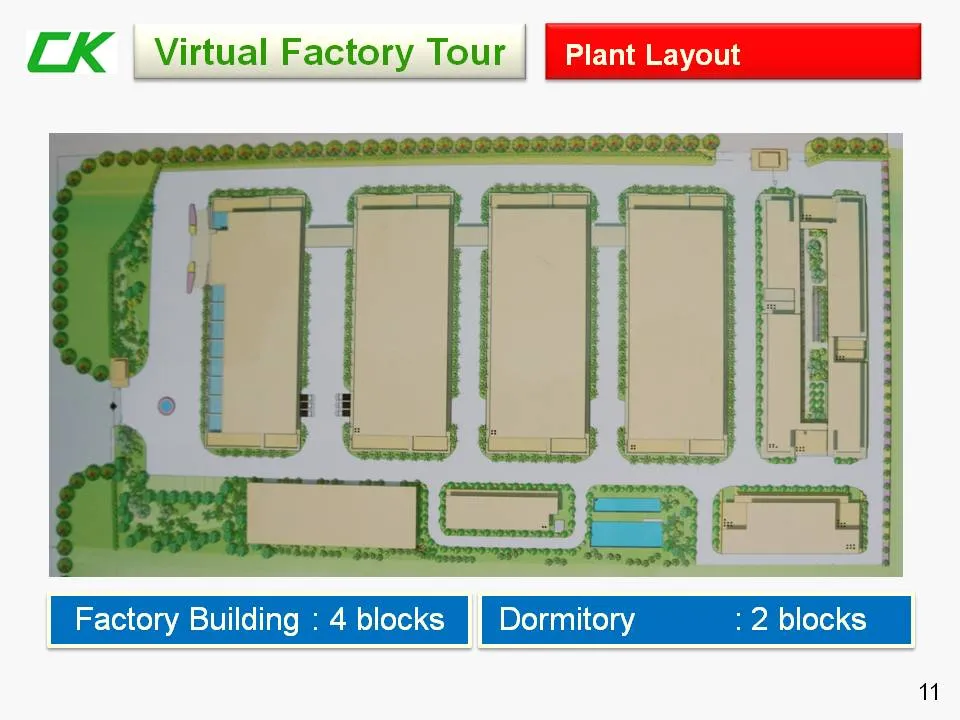
Collector’s boxes are designed to showcase the model. They often include detailed graphics and information about the model, enhancing the overall collecting experience. They are a key part of the appeal.
Value and Collectibility
The value and collectibility of CK diecast models depend on several factors, including the model’s rarity, the brand reputation, and its overall quality. Limited-edition models or those with a low production run are often more valuable than mass-produced models. Models that are in high demand among collectors, such as those representing rare or iconic vehicles, tend to command higher prices. The condition of the model also impacts its value. Models that are in mint condition, with no scratches, damage, or missing parts, are more valuable than those with imperfections. Collectors should understand these factors and consider them when buying or selling CK diecast models.
Rarity and Limited Editions
Rare and limited-edition models are highly sought after. They increase in value over time, especially those with low production numbers.
Brand Reputation
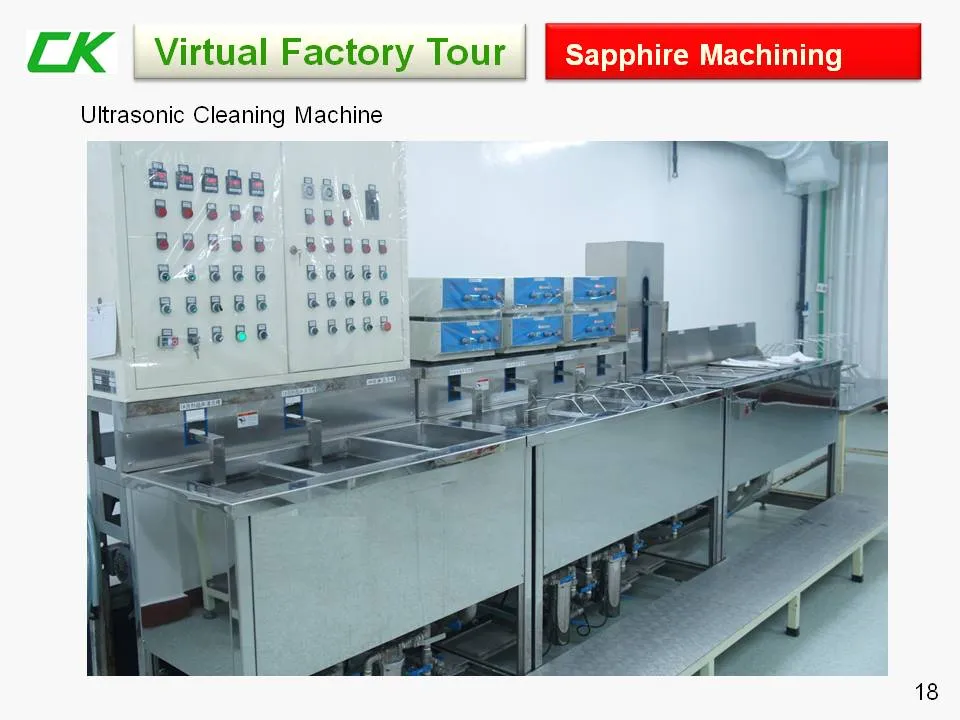
The reputation of the manufacturer affects value. Brands with a long history of high-quality models often have higher resale value.
Overall Quality Assessment
When assessing the overall quality of a CK diecast model, consider all the features mentioned. The authenticity of the scale, the level of detail, the materials used, the quality of the paint and finish, the presence of operational features, and the packaging all play a role in determining the model’s quality. Furthermore, assess the model’s condition. Ensure that there are no scratches, dents, or missing parts. A well-preserved model in its original packaging is more valuable. By carefully evaluating these aspects, collectors can make informed decisions and build a collection of high-quality CK diecast models.
